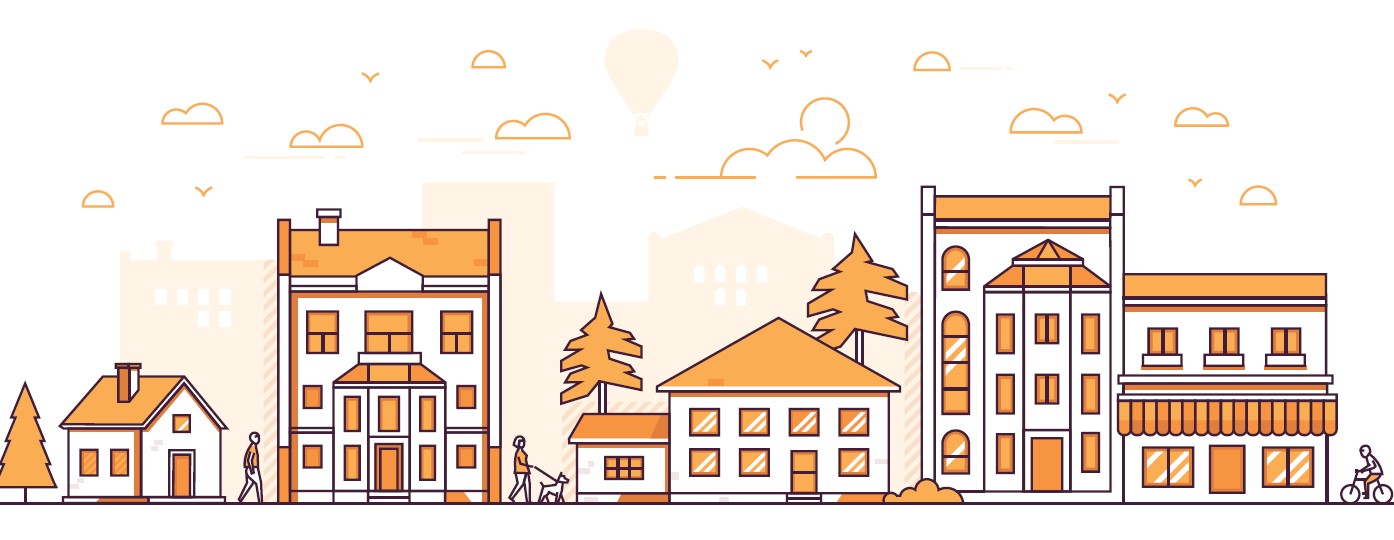Two housing programs in Allegheny County, Rapid Rehousing (RRH) and the Housing Choice Voucher Program (HCV, or Section 8), provide monetary assistance to households so that families can rent from private landlords and live in the communities of their choice. While participant choice is a potential benefit of both programs, the reality is that where participants live is often limited. Fair market rent calculations, source of income discrimination, zoning laws, and participants’ eviction and credit records can all create obstacles for housing program participants seeking rental units.
Since place has a profound influence on the outcomes of children and adults, we wanted to explore the degree to which individuals and families in RRH and HCV programs moved to disadvantaged census tracts. Analysis found that approximately half of households in the two programs moved to highly or extremely disadvantaged census tracts, even though only 18% of all census tracts in Allegheny County were classified as such. Key findings of the analysis include:
- 54% of HCV households and 41% of RRH households moved to highly or extremely disadvantaged census tracts in 2017.
- A small fraction of households (17% of HCV households and 25% of RRH households) moved to census tracts considered to be opportunity tracts with low disadvantage.
- Race was the most statistically important factor impacting where households tended to move. For example, Black females with children were roughly twice as likely as White females with children to move to highly or extremely disadvantaged tracts.
- Moving patterns persisted over time; a comparison of HCV rental locations in 2010 versus 2017 showed that program participants tended to move to the exact same census tracts across the two years, not just the same sort of census tracts (i.e, tracts with similar levels of disadvantage).
Read the full report here.

